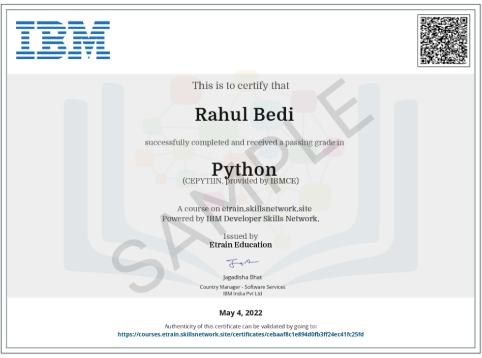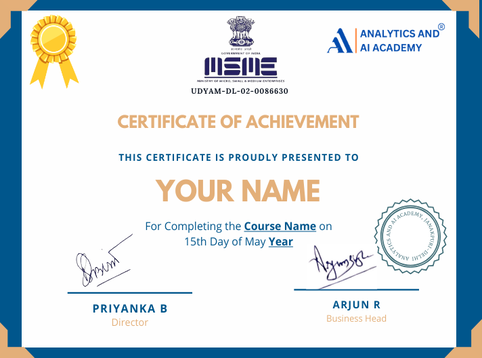Data Science and AI
- Mode- Live Online/Offline
- 100% practical sessions
- Latest syllabus and Case studies
- 50+ Marketing tools
- Learn from Industry expert
Data science and AI Course is one of the most valuable skill-set, widely admired in the corporate world. At Analytics And AI Academy.com, one of the leading data science institutes in Delhi, we provide a comprehensive program that includes hands-on Data science and AI training and a highly recognized Data science and AI certification.
Secure your career with an industry-recognized certificate that validates your expertise in Data Science and AI, you will also be certified by IBM which will further boost your credibility, enhance your resume, and open the doors to limitless career opportunities


Authorized training and certification programs powered by top MNCs. Learn from the best, get globally recognized












Get future-ready with Global certifications
This course is ideal for students, professionals, and Data enthusiasts aspiring to build a career in data science, machine learning, or artificial intelligence.
Not mandatory. The course covers foundational programming in Python, making it suitable for beginners.
You will learn Python programming, Business Analytics, data analysis, Power BI, Tableau, SQL, machine learning concepts, natural language processing (NLP), time series analysis, and more, along with hands-on projects.
The course is divided into 26 modules, covering basics to Mid-advanced level topics in data science and AI, including tools like Python, Power BI, Tableau, and more.
After completing the course, you can pursue roles like Data Scientist, Data Analyst, Machine Learning Engineer, Business Analyst, and more.